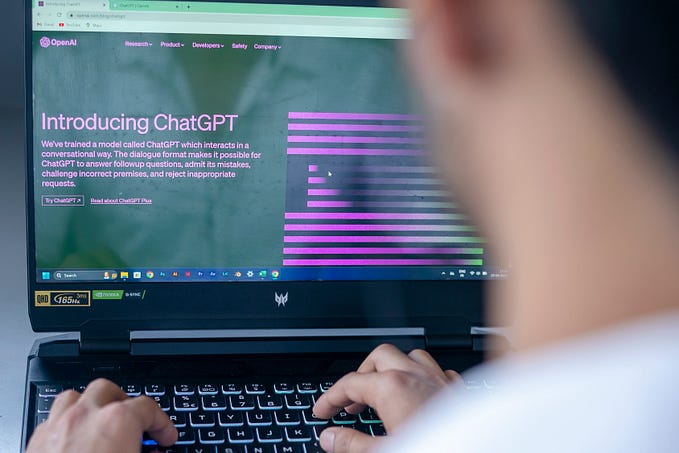Member-only story
Deepfakes mean the end of shared reality, and nobody is ready

I was there, in the building, when the modern machine learning revolution got started at Google in 2011; It was called Project Brain, and it started at Google [X]. I’d like to tell you that I immediately knew that it would change everything, but that took several months. By the time a New York Times article ran in 2012 reporting that a cluster of 16,000 processors had discovered on its own that cats were essential to YouTube videos and made its own “cat neuron,” I was convinced that we were in for a wild ride; something fundamental had changed in computing, and the world would never be the same.
Now, almost eight years later, the deep learning technology behind Brain (and its near cousin, reinforcement learning) now powers almost every online service. It powers virtually every Google search. Every time you talk to Siri or Alexa it’s there. It translates languages on web pages and street signs, and helps physicians make more accurate diagnoses. And it powers the face recognition technology that lets you unlock your phone with your face and helps authoritarian regimes oppress millions of people.

And, it turns out that a certain type of deep learning system (called a GAN, or Generative Adversarial Network) is awesome at making really convincing fake stuff. GANs first came to world’s attention in 2017 on reddit, with a redditor named “deepfakes” posting cheesy porn cut-and-paste on r/deepfakes, and continued into the mainstream with faceapp, the free (and possibly Russian state-actor backed) face transformation app. Now, in early 2020 mainstream apps like TikTok are reputed to be adding deepfake face-swap features.
Weighed against the other features and capabilities of deep learning, such as face recognition or automatic translation, deepfakes may sound like a minor footnote to everything that the deep learning revolution has unlocked. I’m here to convince you that deepfakes represent an unprecedented attack on documentary reality, and may very well prove to be the biggest and most disruptive deep learning technology yet, the coming impacts of which nobody is currently equipped to deal with. I’m not the…








